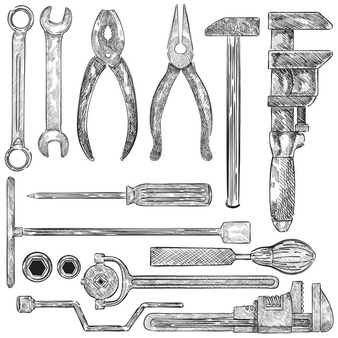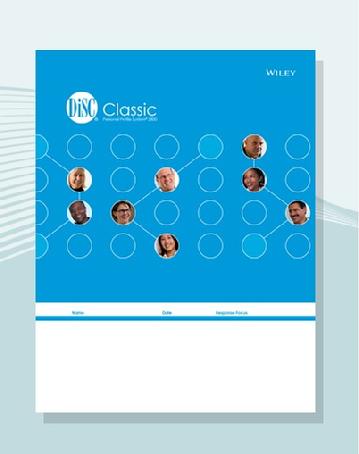Tools For Leaders

If you've tried the carrot and tried the stick and tried reasoning and you're still not getting the results you desire, it may be time to consider a different approach.
"Employee motivation" is a murky and frustrating and controversial topic. How many times has a
boss said "he's just not motivated" or "she just doesn't have any drive"?
So what makes people go? What drives them? What propels people to action?
The latest behavioral research gives us clues to a few critical principles, which great leaders and great companies utilize in creating a motivational environment...
After 20 years of research with thousands of employees and real-life managers working in the trenches, I've discovered the Intelligent Approach that great organizations take.
Ten Keys to Understanding Employee Motivation
1) Everyone is motivated! They may not be motivated the way we'd like, but they are already motivated - some people are motivated to come to work on time, while others are motivated to be late every day, but everyone is motivated to some action.
2) Motivation is an internal force that prompts us to some action.
3) That internal force can absolutely be influenced by an external force...like a boss.
4) Employees' behavior is based much more on emotion than logic (you may have tried using what seems like a very logical approach and been frustrated by the outcome).
5) Employees' motivational needs vary widely - not everyone is driven by a desire for money, for example . (If that were the case, your life as a manager would be much easier!)
6) Employees' performance is significantly affected by three very simple things that they care about most in a job: the treatment they receive, the nature of communication the organization demonstrates, and the level of meaningfulness they believe their work has.
7) Further, employees' sense of satisfaction with their job, and consequent performance of the task are enormously impacted by four additional elements, all of which are a function of leadership: progressive autonomy, having a sense of belonging, becoming highly competent, and being treated with dignity and value.
8) Culture is king! Employee attitudes are usually shaped by the environment in which they function. Work to build a dynamic culture.
9) Employees will follow the rhythm, speed, and attitude of the boss - be careful what you model.
10) Without a compelling and credible sense of purpose, employees will wander aimlessly and fail. Do you know how to provide that?
Learn more about employee motivation!
Discover the DiSC Profile - one of the most powerful tools you have at your disposal for understanding behavior and motivation in the workplace. Why are some of our people more decisive than others? More assertive? Friendlier or more distant? More detail-oriented or not?
The DiSC Profile will provide you as a boss with remarkable insight into the differences in human behavior in the workplace. It's a great starting point for entering into conversations with employees about why and how they do the things they do. Click here or on the image for more information.
'DiSC' is a registered trademark of Inscape Publishing Co.
Changing behavior without incentive or threat...
Check out this fascinating video to see a live action demonstration of one way to completely change human behavior without a financial incentive of any kind. Do you think it's possible to apply the same concept in some way with employees in your organization? How would you do it?

